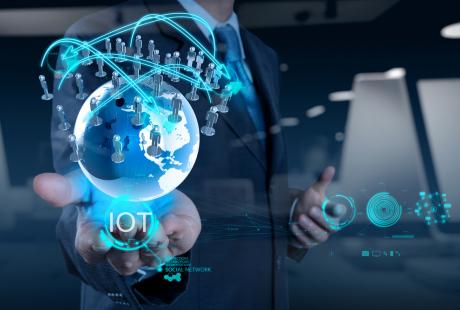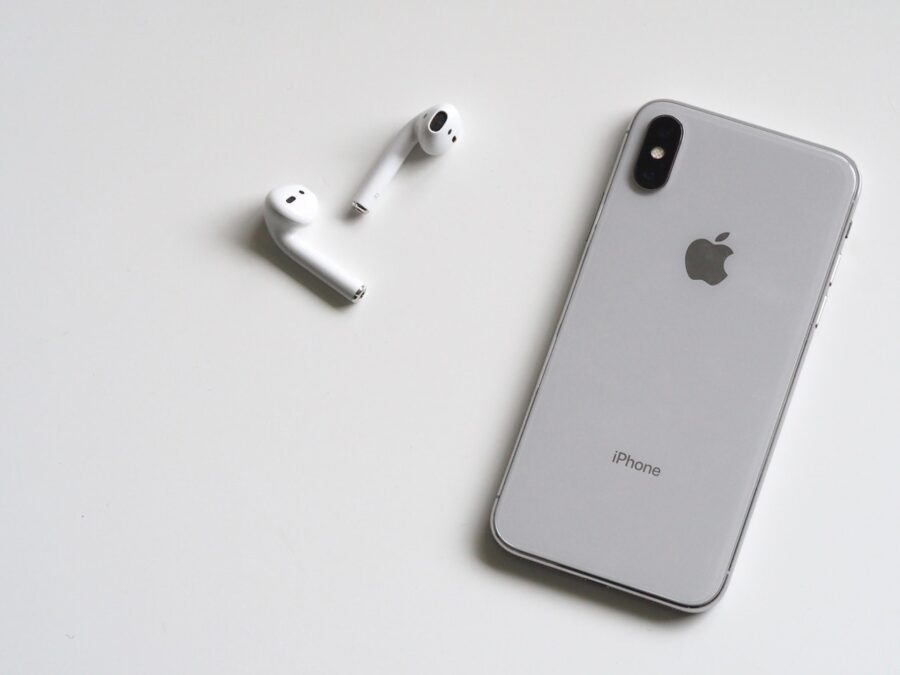In less than five years, there will be more than 26 billion different connected devices in our homes, cars and businesses, according to Gartner. All are designed to make lives easier and facilitate tasks – and that figure doesn’t even include personal computers, tablets and smartphones.
As the Internet of Things (IoT) converges with servitisation (also known as outcome-based services), machine-to-machine learning, 3D printing and wide spread cloud adoption, one of the biggest considerations is going to be around service.
Whether it’s a kettle in your home or an MRI machine in a hospital, all of these billions and billions of connected smart devices are going to need servicing.
This not only impacts the field service industry – it will also completely redefine it over the longer term along with people’s expectations around service delivery.
>See also: Two thirds of organisations plan to implement the Internet of Things – Gartner
As devices and gadgets become connected, service will move from reactive product insight to providing predictive alerts, triggering service technicians with the right skills to be deployed to the right place before a fault takes place with preventative maintenance, or in the event that something occurs.
In this new world of service, if a machine connected to an IoT platform experiences a problem, the platform will analyse the data and determine if the machine needs servicing.
Field service management systems would automatically assign the most qualified technician in the vicinity to the machine via their mobile phone or tablet.
Once onsite, viewing all the diagnostic and performance information downloaded from the cloud, the technician can quickly restore the machine to full performance.
As more and more devices and products have connectivity built into them at the product design level, IoT will begin generating vast amounts of data about product performance and service needs.
Imagine a piece of equipment sending a message to the manufacturer saying it’s overheating and its bearings are wearing thin.
This moves the service model from reactive to proactive and predictive, and paves the way for companies to deliver much more reliable outcomes to customers.
It also means companies will be able to marry together specific behaviour patterns with service history to trigger preventative maintenance and predictive repairs, and gain valuable feedback for future R&D design considerations in the process.
Coupled with servitisation, IoT lets many kinds of companies shift from selling products to selling services based on those products.
The decision of a business or manufacturer is not whether to adopt this model – that will become inevitable – but how to transform (or in some cases establish) the services department, empower field service technicians with the right skills and management platform, and align with service outcomes (not simply products).
As this proactive service model gains momentum, companies will naturally move to outcome-based service offerings for the growing number of smart, connected devices they provide. This in itself will have a ripple effect on business models with a sharpened focus on service and outcomes.
The ability to connect previously disparate devices through sensors and cloud-based communications also means that for the first time ever, service professionals have a technology that can actually rip up the rulebook.
It can elevate service to a point at which it becomes a revenue stream not just by automatically identifying potential problems for customers, but also creating opportunities for upselling.
This will equate to a shift in perception at boardroom level. It makes the service professional an integral and more strategic cog in the wheel. Skilled technicians will soon be empowered with live data feeds proactively meeting customer needs on the front line.
Imagine building a comprehensive picture of a customer’s service requirements remotely, identifying potential weak spots, and knowing instantly which components or parts need either replacing or upgrading in the short term, ordering there and then, as well as identifying sales upgrades or account opportunities for the longer term.
Ultimately, organisations will see a new type of service technician emerging. The next generation of service techs will be very adept at sensor and radio detection technology. As miniaturisation of sensors embedded into devices becomes more integral, it will create much more demand for analytical skills.
>See also: The two trends driving the monetisation of the Internet of Things
For example, rather than trouble-shooting an isolated piece of equipment, techs could soon be trouble-shooting entire buildings.
One of the most widely cited benefits of IoT is the positive impact it will have on convenience and customer experience. In the longer term, this will change the way customers identify with brands, disrupt the way sales are made, and ultimately change how products are supported and serviced – all of which require awareness and readiness from vendors.
Complexities such as security, data storage and infrastructure demands will be addressed over time – and when IoT goes mainstream, it will have far reaching consequences for service and parts manufacturers, and will catapult the field service industry to the forefront of the business agenda.
Sourced from Mark Homer, VP of global customer transformation, ServiceMax






